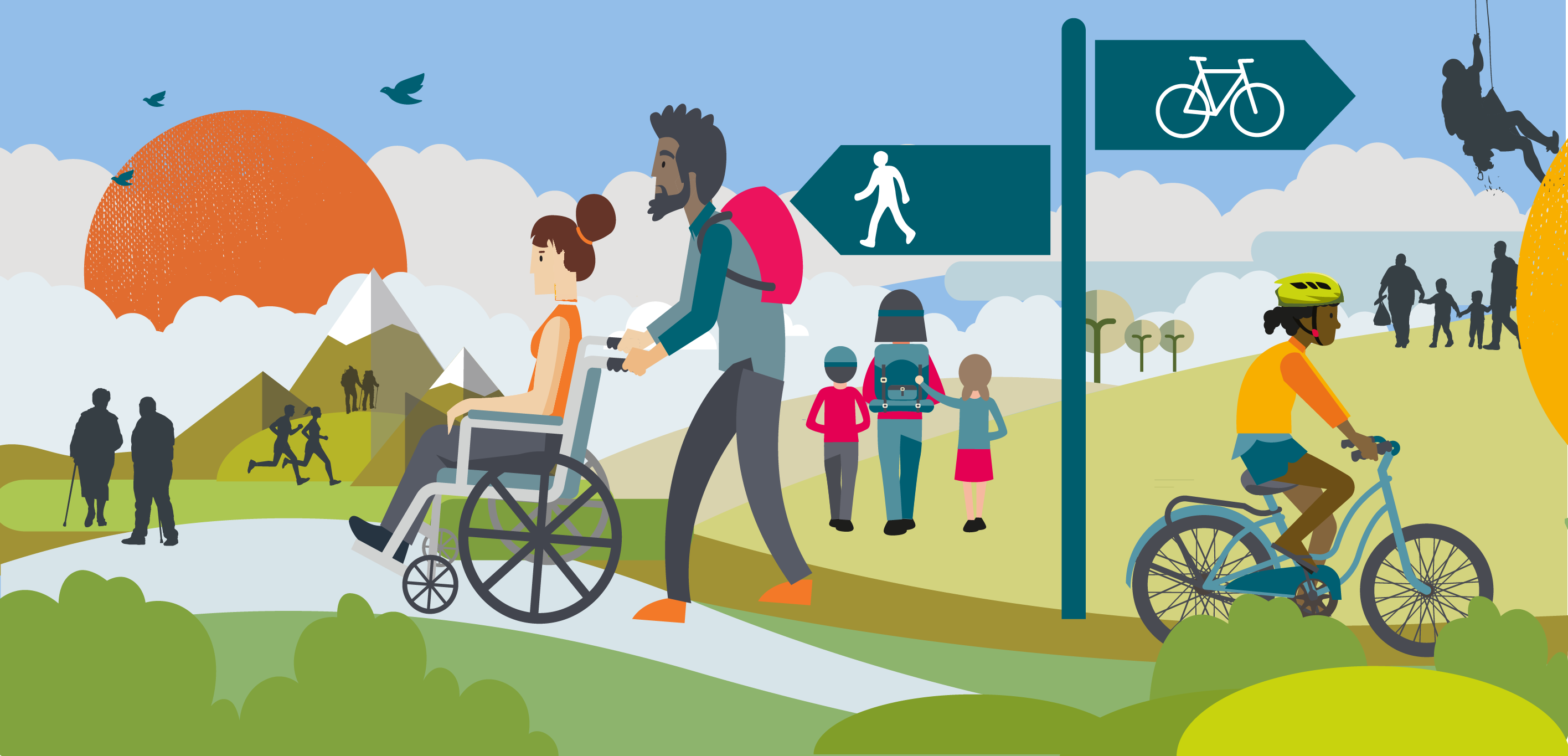
The achievement of the objectives (“what are we trying to achieve”) and actions identified in this Plan will require our collective commitment and efforts as well as a wide range of other organisations and individuals.
We will work in the following ways to deliver this Plan:
As part of the preparation for the current Plan we reviewed the Partnership’s governance to ensure it is fit for the future to help deliver this Plan. To support the delivery of the Plan we established a structure to focus on the Outcomes to address the five key outcomes identified.
As a collective Partnership, we have considerable resource (staff and financial) already in place to ensure effective implementation and resourcing of our Plan. Whilst there is no doubt the level of ambition in this Plan will require further financial resources to ensure successful delivery of all aspects of the Plan, this is factored into the actions. We will actively identify and seek to secure funding to deliver the Plan from external sources, to complement our core resources. This enables projects and programmes to be delivered more quickly and/or with even greater impact than would otherwise have been achievable. We expect a number of the actions identified in this Plan will identified in relevant Partner’s Business/Corporate Plans thereby supporting delivery through the allocation of resources.
Some projects may require further assessment before delivery can take place. There are statutory requirements that need to be complied with, including the need in some cases for planning permission to be secured. Heritage Impact Assessments may also be required for specific proposals to understand the likely impact on the Outstanding Universal Value of the Lake District.
The Conservation of Habitats and Species Regulations 2017 also states that any development, project or plan that is likely to have significant effect upon an Special Area of Conservation, Special Protection Area or Ramsar site, then (Subject to Regulation 63 and Regulation 64) the Lake District National Park Authority (or other competent authority) may not issue planning permission, adopt a plan or implement a project until it has carried out an Appropriate Assessment. The Appropriate Assessment will assess the implications of the development or plan against the European Site’s conservation objectives and ascertain whether the development or plan will have an Adverse Effect upon the Integrity of the Site.